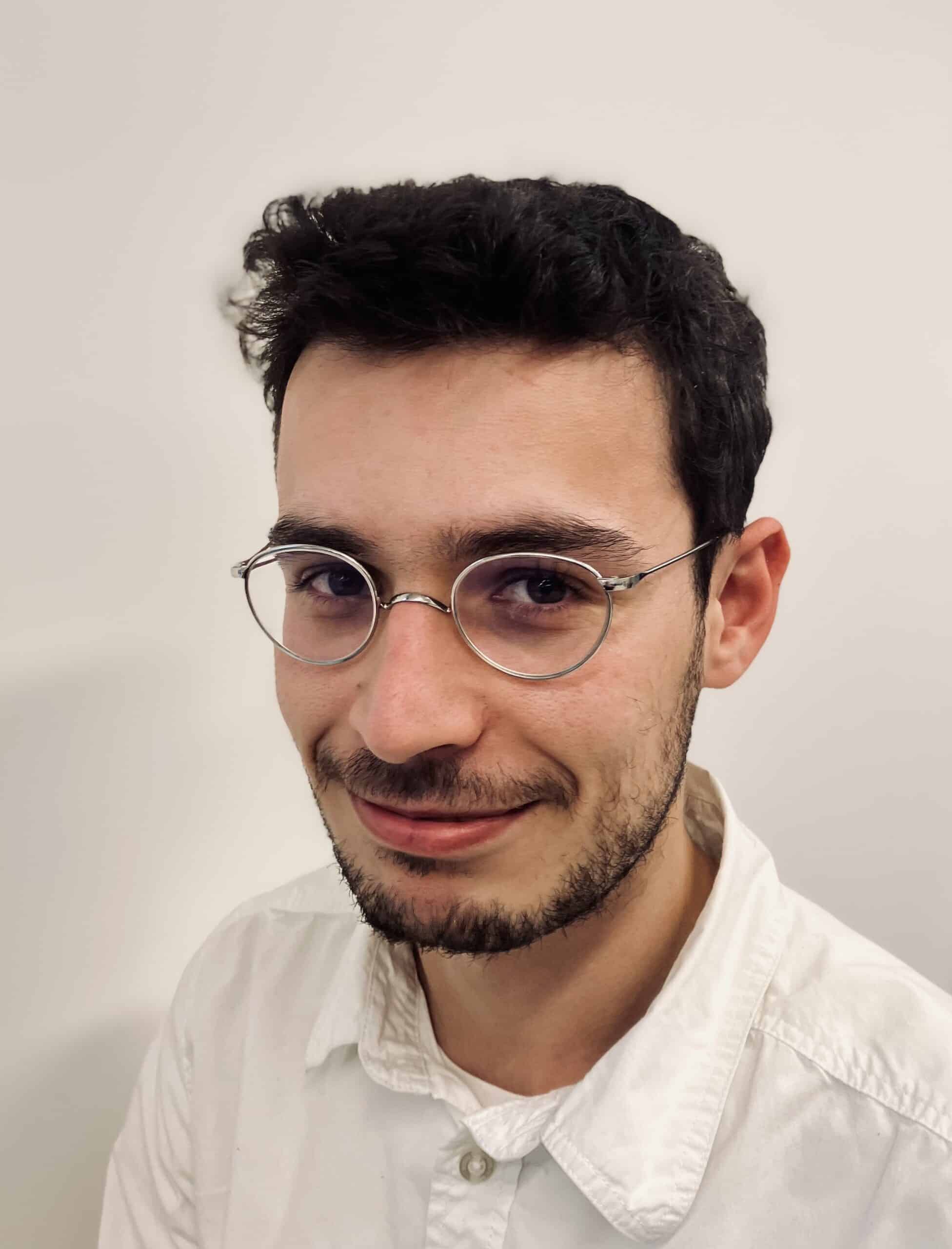“The type of photography I refer to as a manifesto harks back to the very roots of its history: this manifesto-style photography is handcrafted, experimental, and perpetually anchored in the tangible world, rather than the virtual or abstract,” begi...




